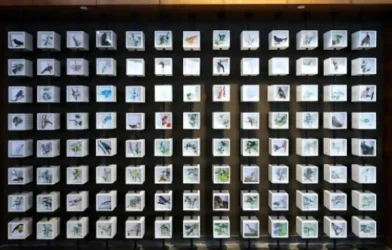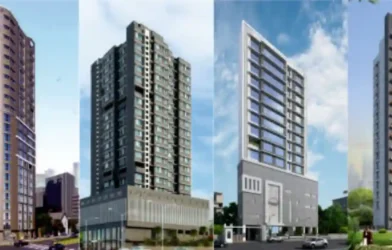Subtotal ₹0.00
Mumbai ushered into 2025 clocking a decade high demand in residential real estate, registering robust growth in property registrations and revenue .
According to a Knight Frank India report. residential property registrations in 2024 grew by 11% YoY , driving the fastest revenue growth in a decade at 12%. This trend reflects evolved homebuyer preferences for quality and value and a growing market for premium and spacious homes with long-term investment potential.
Price category wise transactions
| Category | Dec-23 | Dec-24 |
| Less than 50 lakhs | 30% | 25% |
| 50 lakhs to 1 crore | 27% | 27% |
| 1 to 2 crores | 25% | 25% |
| 2 to 5 crores | 12% | 16% |
| 5 crore and above | 6% | 7% |
There is a steady rise in registration in higher value properties in the city. In December 2024, properties priced at INR 2 crore and above accounted for 23% of registrations, up from 18% in December 2023. Transactions in this segment totalled 2,879 properties, showcasing a growing inclination toward premium real estate. Conversely, registrations for properties valued under INR 50 lakh declined significantly, dropping from 30% to 25% share, indicative of a shift in buyer preferences towards higher-value segments.
Apartments measuring 1,000–2,000 sq ft grew in popularity, with their share rising from 8% to 12%, while the share of those over 2,000 sq ft remained stable at 2%. Smaller units up to 500 sq ft saw a sharp decline in registrations, falling from 51% to 35%, signalling a growing preference for spacious homes.
Area wise breakup of apartment sales
| Area (sq ft) | Share Dec 2023 | Share Dec 2024 |
| Up to 500 | 51% | 35% |
| 500 – 1,000 | 39% | 51% |
| 1,000 – 2,000 | 8% | 12% |
| over 2,000 | 2% | 2% |
Source: Maharashtra Govt- Dept. of Registrations and Stamps (IGR); Knight Frank Research
Micro-Market wise breakup of apartment sales
|
Micro-market |
Share in Dec 2023 | Share in Dec 2024 |
|
Central Mumbai |
7% | 5% |
|
Central Suburbs |
29% |
33% |
| South Mumbai | 7% |
7% |
| Western Suburbs | 57% |
53% |
Source: Maharashtra Govt- Dept. of Registrations and Stamps (IGR); Knight Frank Research
The western suburbs and central suburbs continued to dominate accounting for 86% of total market share. However the central suburbs experienced the most significant growth, increasing their share from 29% to 33%while western suburbs saw a slight decline from 57% to 53%. This growth reflects surge in supply and heightened end-user interest in these locations.














